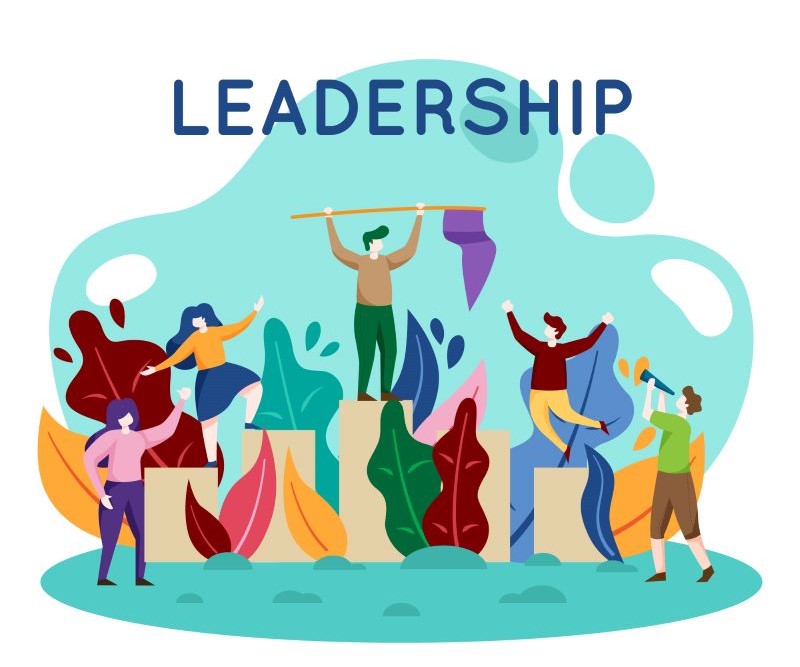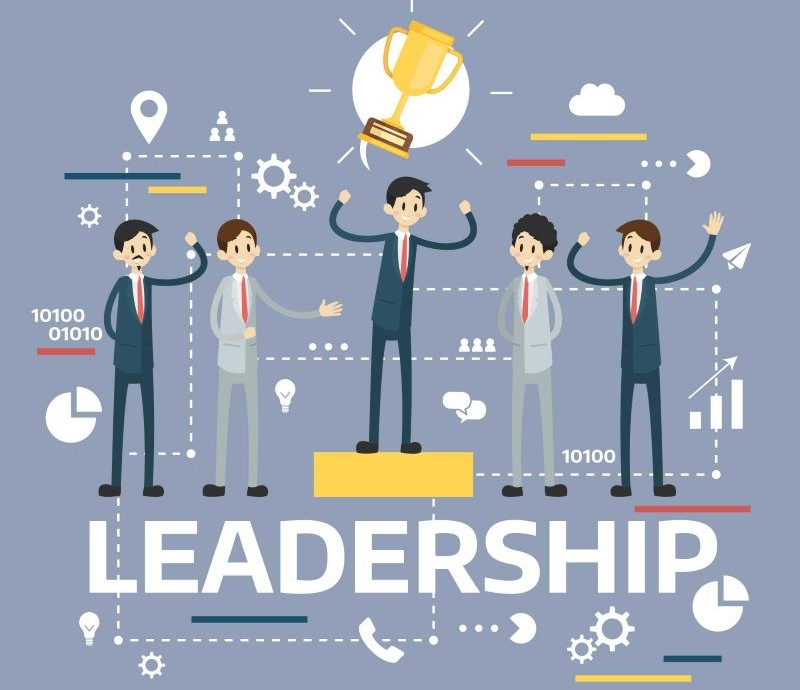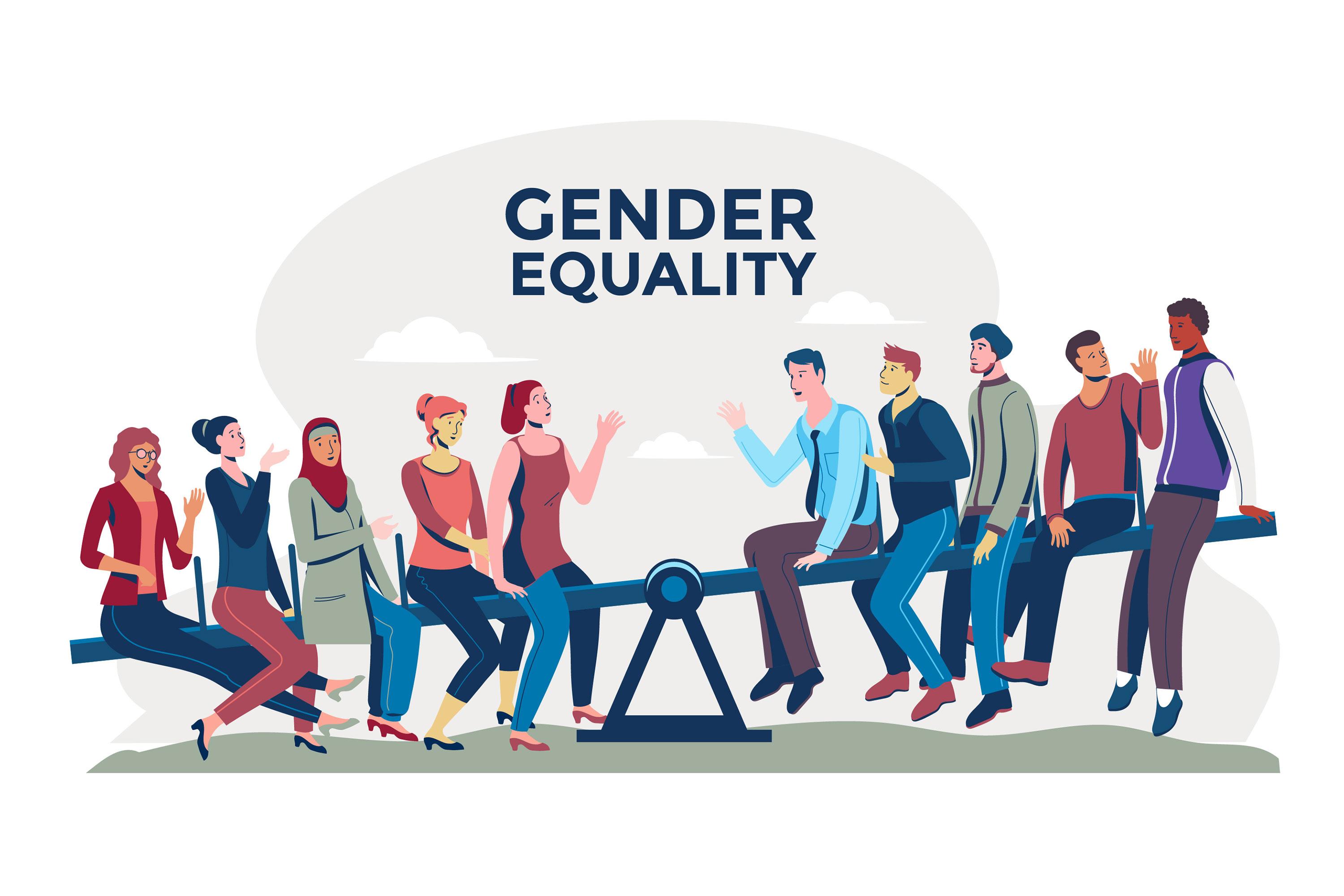Exploring Types of Leadership Styles and Traits
Leadership is a dynamic and multifaceted concept that assumes numerous forms depending on the situation, organization, and individual preferences. The leadership style of a group or organization has a significant impact on its culture, effectiveness, and overall success. In this exhaustive examination of leadership styles, we’ll examine the various types, their characteristics, and the influence they can have on teams and organizations.

Understanding Leadership Styles
Leadership is frequently defined as the discipline of influencing and directing a group of individuals towards a common objective. However, the manner in which this influence is exerted and the techniques employed can vary considerably. Leadership styles are the distinctive approaches and methods leaders use to motivate, direct, and manage teams. Let’s examine some of the most prevalent leadership styles and their characteristics in greater detail.
1. Democratic Leadership Style
Participative leadership, or democratic leadership, encourages frank communication and teamwork among team members. This style of leadership values team input and includes team members in decision-making processes. This strategy fosters a sense of ownership and participation among team members, which frequently results in innovative solutions and a positive work environment.
2. Autocratic Leadership Style
Autocratic leaders, in striking contrast to democratic leaders, make decisions independently and demand strict compliance with their directives. They are typically perceived as more authoritative, making snap decisions without consulting others. While this style can be effective in certain circumstances, its overuse can stifle creativity and employee morale.

3. Laissez-Faire Leadership Style
Laissez-faire leaders adopt a hands-off approach, granting a high degree of autonomy to team members. This can be liberating for self-motivated employees, but if not managed effectively, it can contribute to a lack of structure and direction. This technique is ideal for highly skilled and self-motivated groups.
4. Strategic Leadership Style
Strategic leaders are futurists who prioritize the broader picture. They establish distinct objectives, devise long-term strategies, and prioritize resources to realize their vision. This style is particularly effective in guiding organizations through periods of development and change because it emphasizes flexibility and preparation.
5. Transformational Leadership
Transformational leaders inspire and motivate their teams through the creation of a compelling future vision. They promote innovation, intellectual stimulation, and personal development. This leadership style can increase team morale, productivity, and a sense of shared purpose.
6. Transactional Leadership
Transactional leaders encourage their teams via rewards and penalties. They offer a system of rewards for reaching objectives, clearly define expectations, and give structure. Although useful in some circumstances, this approach can be constrictive in terms of creativity and personal development.
7. Coaching Leadership
Coaching leaders emphasize the enhancement of the skills and abilities of their team members. They serve as mentors, offering individuals guidance and assistance in order to facilitate the discovery of their utmost capabilities. This style is particularly effective for nurturing talent and facilitating professional growth.
8. Bureaucratic Leadership
Bureaucratic leaders adhere to the rules, procedures, and regulations that have been established. They prioritize consistency and reliability, making them suitable for organizations where strict protocol adherence is essential. However, this technique can impede adaptability and creativity at times.
9. Visionary Leadership
Visionary leaders have a compelling outlook on the future. They encourage their teams to share their passion and dedication to a common objective by leading by example. This style can inspire motivation and a sense of purpose.

10. Pacesetting Leadership
Pacesetting leaders have high expectations for their team’s performance and demand that they continuously exceed these expectations. Although this strategy may be successful in accomplishing short-term objectives, if used for an extended period of time, it may cause burnout.
11. Situational Leadership
Situational leadership is flexible and dependent on the present-day demands. This strategy is very flexible since leaders modify their approaches to fit the demands of the circumstance.
The Impact of Leadership Styles
The leadership style chosen can have a significant impact on a team or organisation. It can affect employee morale, productivity, and even the culture as a whole. Here are the effects of various leadership approaches on the workplace:
– Employee Engagement Democratic and transformational leadership styles frequently result in increased levels of employee engagement, as employees feel heard, valued, and inspired.
– Productivity: Transactional leadership can increase productivity through explicitly defined goals and incentives, whereas autocratic leadership may result in compliance, but not necessarily increased productivity.
– Innovation: Laissez-faire and transformational leadership styles encourage innovation and creativity among team members.
Bureaucratic and pacesetting leadership styles can provide organisations with stability and structure.
– Adaptability: Strategic and visionary leadership styles emphasize adaptability and long-term vision, which makes them suitable for environments characterized by change and dynamism.

Conclusion
There is no one-size-fits-all strategy for leadership because leadership styles are as varied as the leaders themselves. The needs of their teams and organizations need effective leaders to frequently modify their leadership philosophies. Both aspiring and seasoned leaders can benefit from having an understanding of the traits and effects of many leadership philosophies as they make their way through the challenging management and leadership landscape. The idea is to identify a leadership style that is compatible with your values and the objectives of your team or organization, regardless of whether you are a democratic, autocratic, transformational, or visionary leader. By doing this, you may inspire your staff to success and foster a productive workplace.
Throughout your leadership journey, keep in mind that becoming the best version of yourself and motivating others to achieve the same are the true goals of leadership.




